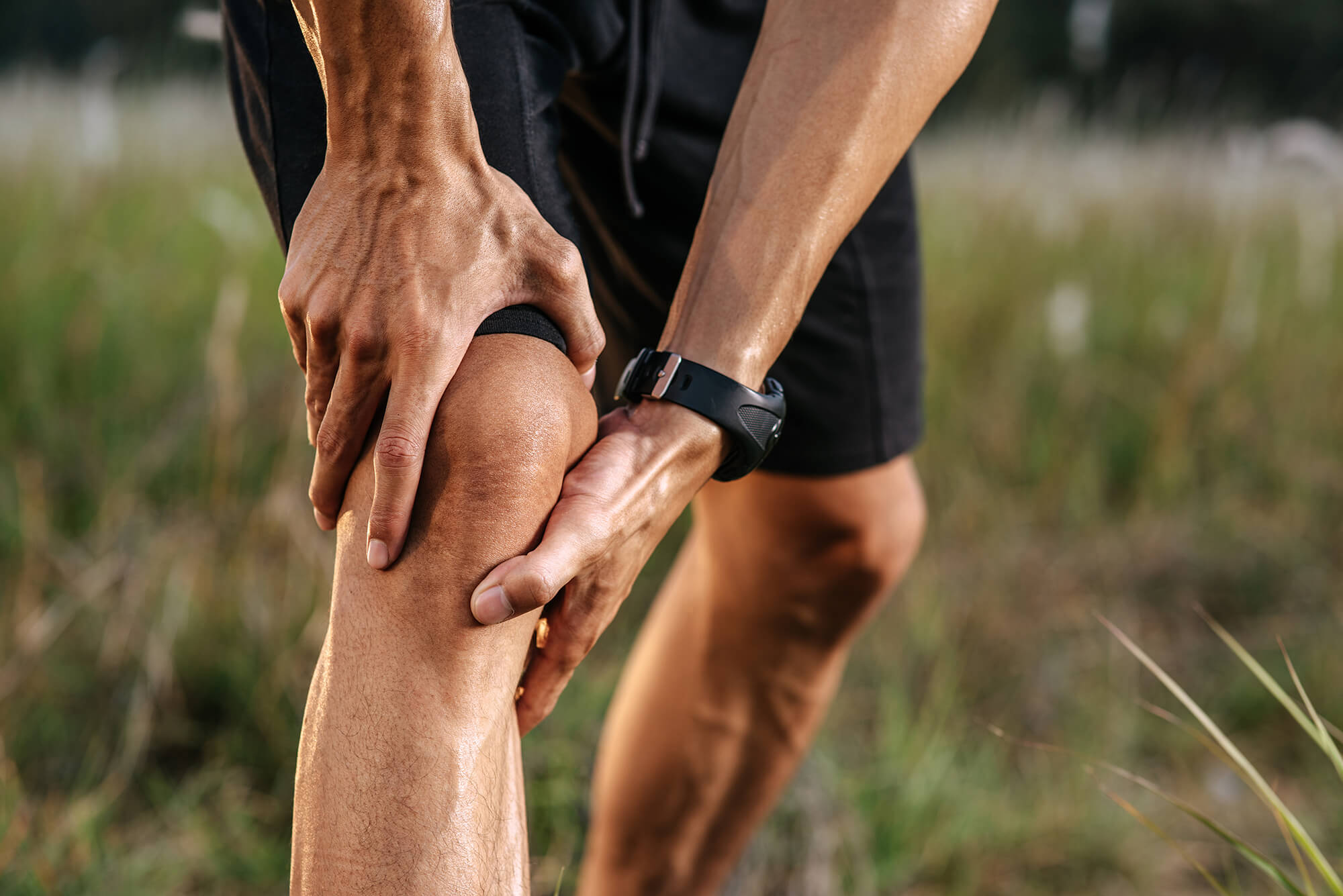People of all ages and activity levels experience knee discomfort, which is a frequent complaint. Knee discomfort can have a substantial negative influence on your quality of life, regardless of whether you are a professional athlete or just someone who is constantly on their feet. The good news is that there are numerous strategies to reduce knee discomfort and regain mobility. Here are some tips:
Strengthen your knee’s surrounding muscles.
Your knee’s surrounding muscles are crucial for supporting and stabilizing the joint. Knee discomfort might be exacerbated by weak or unbalanced muscles. Exercises that target the quadriceps, hamstrings, and glutes should be prioritized to reduce knee pain. Exercises like squats, lunges, leg presses, and leg curls can be included. A physical therapist or personal trainer should be consulted to guarantee optimal form.
Regularly stretch your muscles
Maintaining your knees’ flexibility and range of motion requires regular stretching. Your joints can experience additional pressure from tight muscles, which can cause pain and discomfort. Knee discomfort can be reduced by stretching the muscles around your knee, such as your hamstrings and calf muscles. Stretch regularly, and think about taking up yoga or Pilates to increase your range of motion and lessen the strain on your knees.
Wear appropriate shoes.
The proper footwear is essential for safeguarding your knees. Your knees can get overworked and painful if your shoes don’t provide enough cushioning or support. Consider wearing custom orthotics to provide more support if you have flat feet or other foot issues. While purchasing shoes, search for those with good arch support, a wide toe box, and ample cushioning.
Employ heat and ice therapy.
Knee pain and inflammation can be reduced with the help of ice and heat therapy. Several times per day, apply ice to your knee for 15 to 20 minutes at a time. Heat therapy can also be helpful in improving circulation and reducing pain. Take a warm bath or use a heating pad to relax your muscles and joints.
Consider physical therapy.
Consider visiting a physical therapist if your knee pain is persistent. You can create a specialized treatment strategy with the aid of a physical therapist that targets the root of your discomfort. They can also give you stretches and exercises to strengthen and elongate your knees.
Your quality of life can be substantially impacted by knee pain, but there are numerous ways to make it better. You may lessen knee pain and increase your mobility by strengthening your muscles, stretching frequently, wearing appropriate footwear, maintaining a healthy weight, avoiding high-impact activities, utilizing ice and heat therapy, and considering physical therapy. A healthcare practitioner should be consulted if you are having knee discomfort in order to identify the underlying reason and create a suitable treatment strategy.


